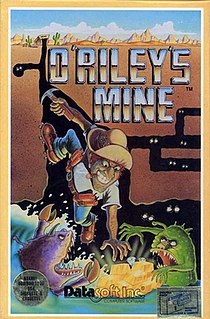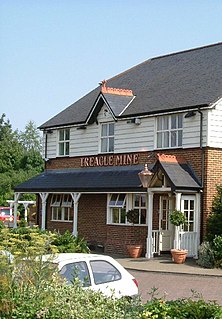 W
WDune is a science fiction media franchise that originated with the 1965 novel Dune by Frank Herbert and has continued to add new publications. Dune is frequently cited as the best selling science fiction novel in history. It won the inaugural Nebula Award for Best Novel in 1965 and the 1966 Hugo Award, and was later adapted into a 1984 film and a 2000 television miniseries. Herbert wrote five sequels, and the first two were presented as a miniseries in 2003. The Dune universe has also inspired some traditional games and a series of video games. Since 2009, the names of planets from the Dune novels have been adopted for the real-world nomenclature of plains and other features on Saturn's moon Titan.
 W
WGerminal is the thirteenth novel in Émile Zola's twenty-volume series Les Rougon-Macquart. Often considered Zola's masterpiece and one of the most significant novels in the French tradition, the novel – an uncompromisingly harsh and realistic story of a coalminers' strike in northern France in the 1860s – has been published and translated in over one hundred countries and has additionally inspired five film adaptations and two television productions.
 W
WHirak Rajar Deshe is an Indian Bengali dystopian fantasy science-fiction film, sequel to the 1969 film Goopy Gyne Bagha Byne and the second installment of Goopy Gyne Bagha Byne series directed by Satyajit Ray. A unique aspect of the film is that most of the dialogues exchanged by the protagonists of the film are rhyming. The only person who did not speak in rhyme was the teacher, symbolizing that though the thoughts of everybody else are bound, the teacher was a free-thinker. The film was followed by the third film of the series directed by Satyajit Ray and assisted, camera and colourotography by his son Sandip Ray.
 W
WKing Solomon's Mines (1885) is a popular novel by the English Victorian adventure writer and fabulist Sir H. Rider Haggard. It tells of a search of an unexplored region of Africa by a group of adventurers led by Allan Quatermain for the missing brother of one of the party. It is one of the first English adventure novels set in Africa and is considered to be the genesis of the lost world literary genre.
 W
WNecromancer is a science fiction novel by American writer Gordon R. Dickson, published in 1962. It was alternatively titled No Room for Man between 1963 and 1974 before reverting to its original title. It is the prequel to Dickson's earlier novel Dorsai!.
 W
WO'Riley's Mine is an action game designed by Mark Riley and published in 1983 by Datasoft for the Atari 8-bit home computer. The game was ported to Apple II by Larry Lewis and to Commodore 64 by Al Rubin. Both ports were also released in 1983.
 W
WQuicksilver is a historical novel by Neal Stephenson, published in 2003. It is the first volume of The Baroque Cycle, his late Baroque historical fiction series, succeeded by The Confusion and The System of the World. Quicksilver won the Arthur C. Clarke Award and was nominated for the Locus Award in 2004. Stephenson organized the structure of Quicksilver such that chapters have been incorporated into three internal books titled "Quicksilver", "The King of the Vagabonds", and "Odalisque". In 2006, each internal book was released in separate paperback editions, to make the 900 pages more approachable for readers. These internal books were originally independent novels within the greater cycle during composition.
 W
WTreacle mining is the fictitious mining of treacle in a raw form similar to coal. The subject purports to be serious but is an attempt to test credulity. Thick black treacle makes the deception plausible. The topic has been a joke in British humour since the mid-19th century.
 W
WThe Treasure of the Sierra Madre is a 1927 adventure novel by German author B. Traven, whose identity remains unknown. In the book, two destitute American men in Mexico of the 1920s join an older American prospector in a search for gold. John Huston adapted the book as a 1948 film of the same name.